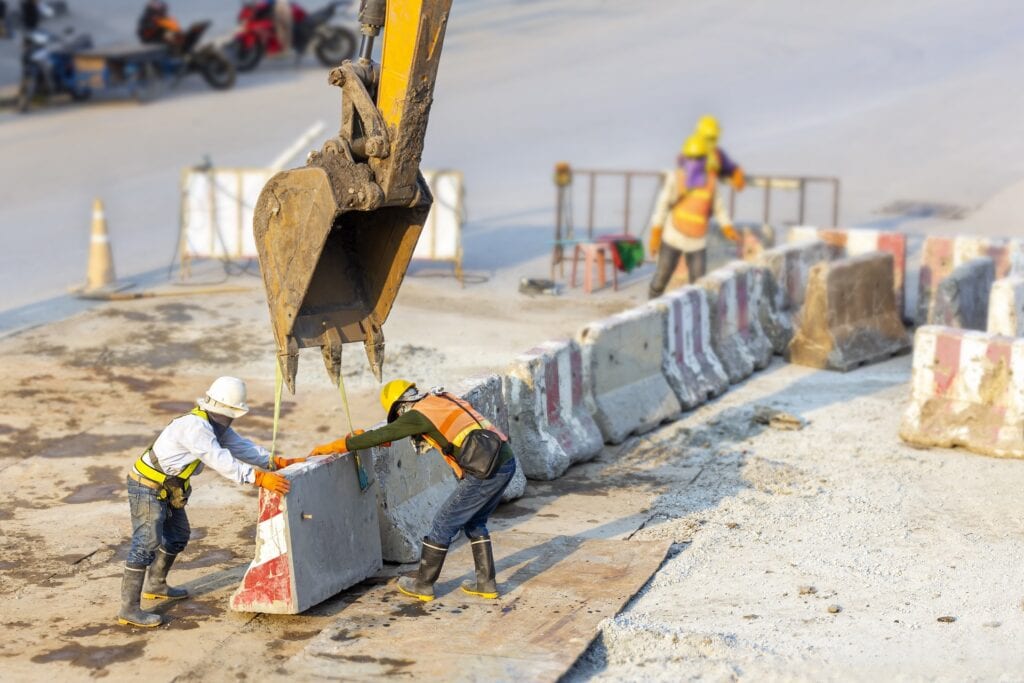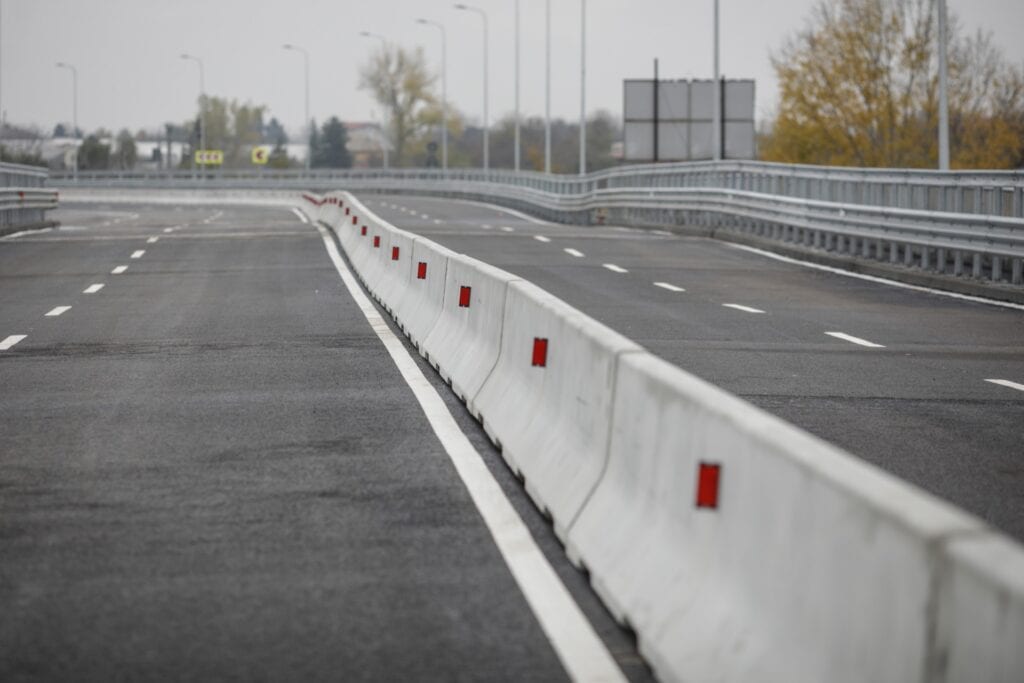For many years concrete was the natural choice for many structural applications, but that’s since changed in recent years. Now plastic has also become a viable option for applications like barriers as opposed to concrete that’s precast.
However, new isn’t always better.
We break down the pros and cons of precast concrete barriers and why they may still be a good choice for your project.
The Benefits of Precast Concrete Barriers
While materials like plastic are durable, they pale in comparison to the strength of concrete barriers. This is one of the main reasons why concrete barriers continue to be chosen for uses like highway construction.
Oftentimes the 2 main reasons barriers are chosen are:
- To prevent drivers from crashing into or off of a surface or area that is even more damaging or dangerous (like schools or cliff faces)
- To protect people or property from car crashes or collisions
Because precast concrete continues to be a good choice to address both of these problems.
- Concrete is strong enough that the barriers can’t be knocked over or destroyed easily.
- Concrete barriers are durable against harsh weather.
Both of these significant advantages are often why concrete barriers are chosen for applications over plastic ones. Plastic barriers, even when filled with sand or other ballast to prevent movement, can’t stop fast-moving vehicles nearly as well as concrete ones and are not typically a good choice when a barrier needs to prevent significant damage.

The Drawbacks of Precast Concrete Barriers
While the advantages of concrete barriers are numerous, they aren’t always the right choice.
Concrete barriers are undoubtedly heavy, so any adjustments or modifications to their placement will often take heavy machinery or equipment. This can take time and effort that can slow down progress.
Setup and disassembly also takes longer for concrete barriers, so for short-term placement, it doesn’t always make sense to choose them.
Plastic barriers are often brightly coloured and highly visible and their colour doesn’t fade as much over time as concrete barriers. Even painted concrete barriers aren’t often as visible as plastic ones.
Although they may protect people or property from damage behind the barrier, concrete barriers will often cause extensive damage to the vehicle that collided with them. Plastic barriers can slow down a vehicle without causing as much of a hard impact and reducing injuries to the driver and passengers of the colliding vehicle.
Overall, concrete barriers are often an excellent choice to help keep people and property safe from injury or damage respectively.

